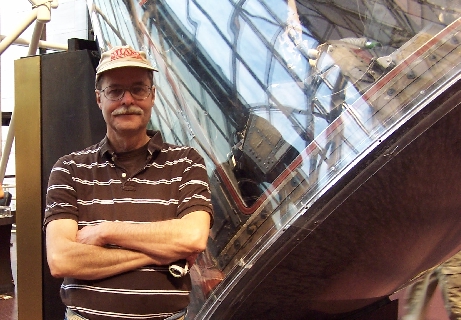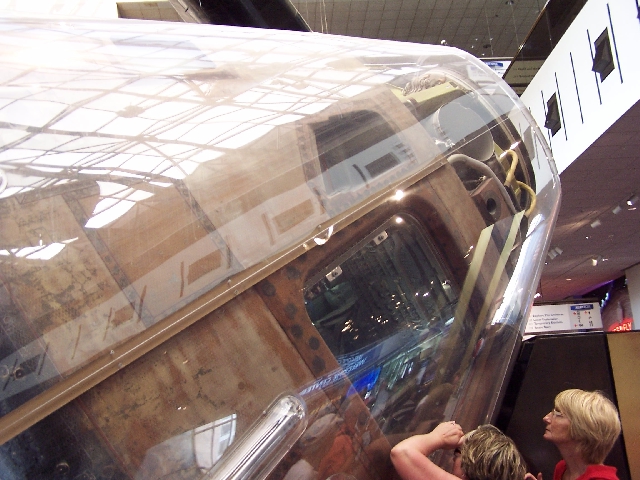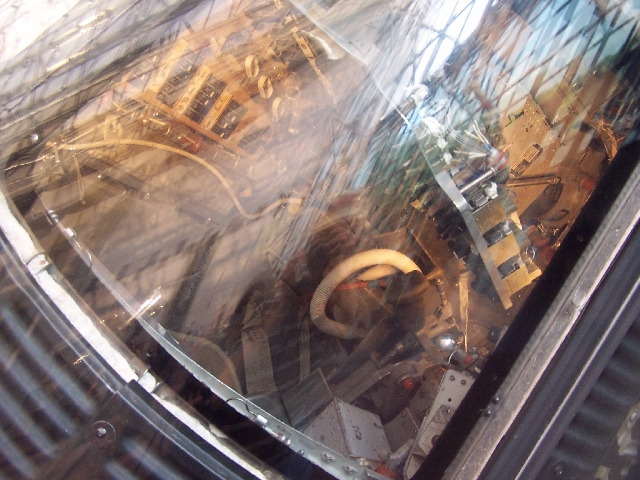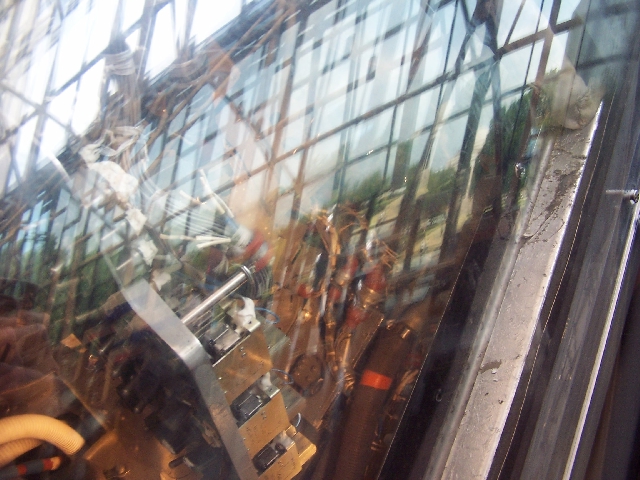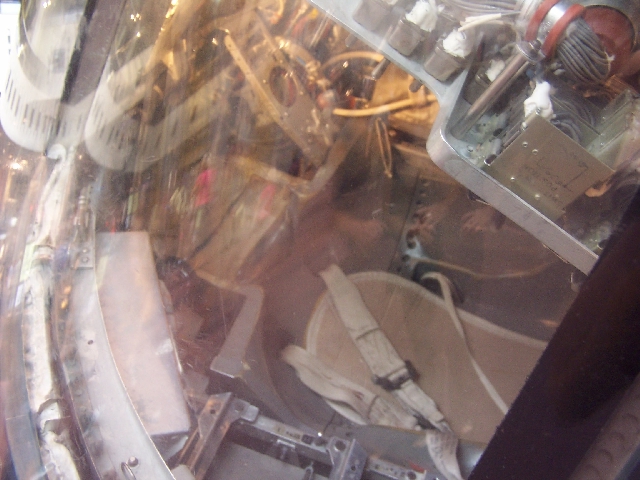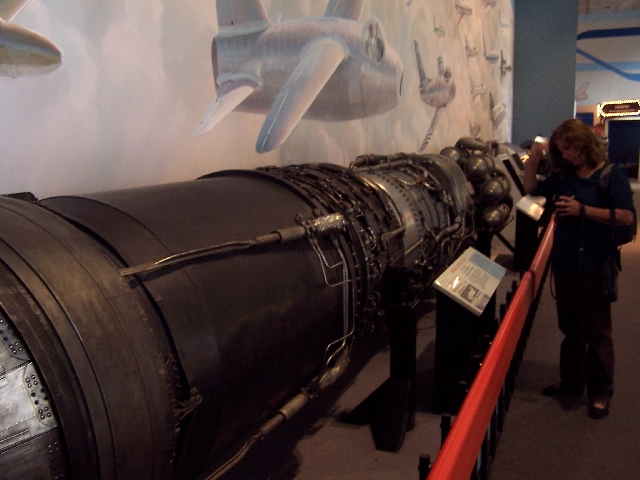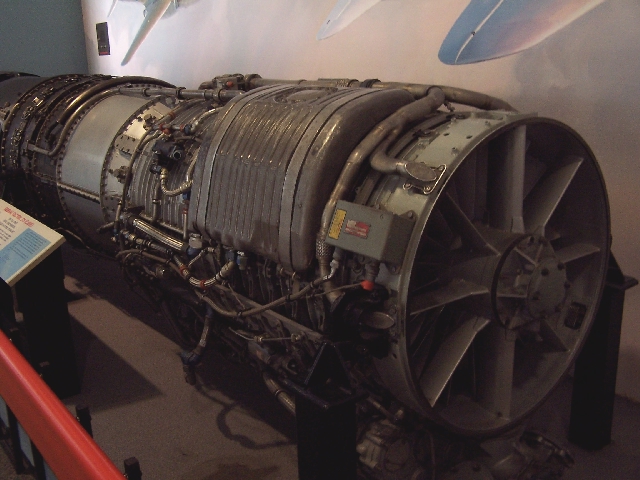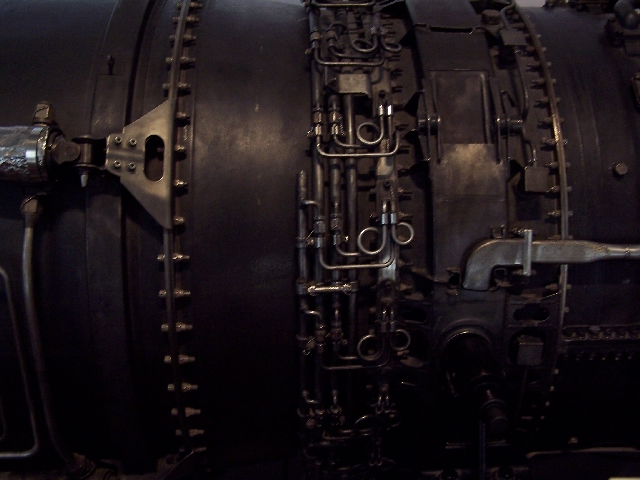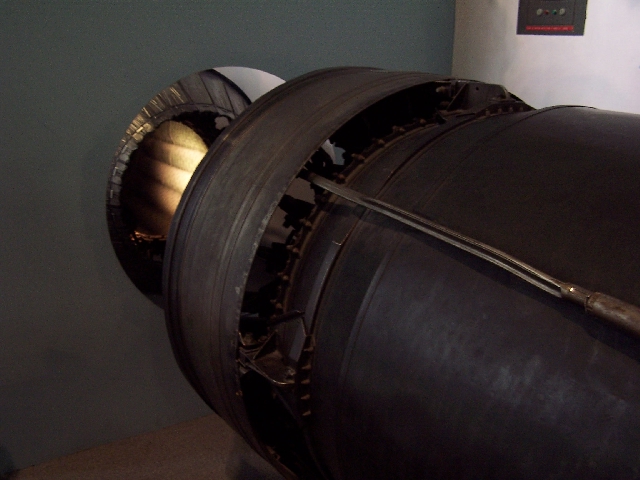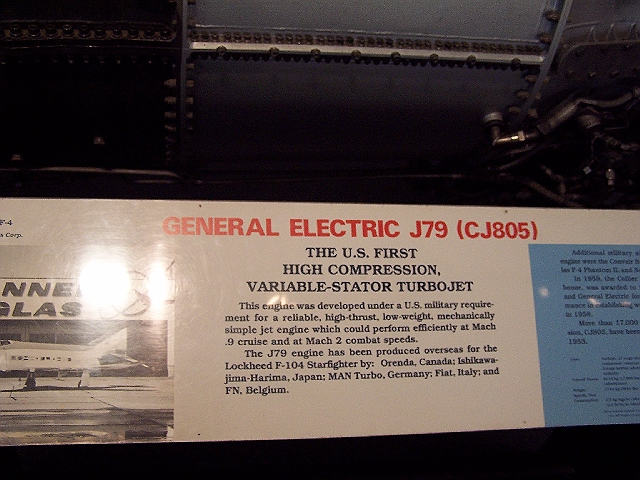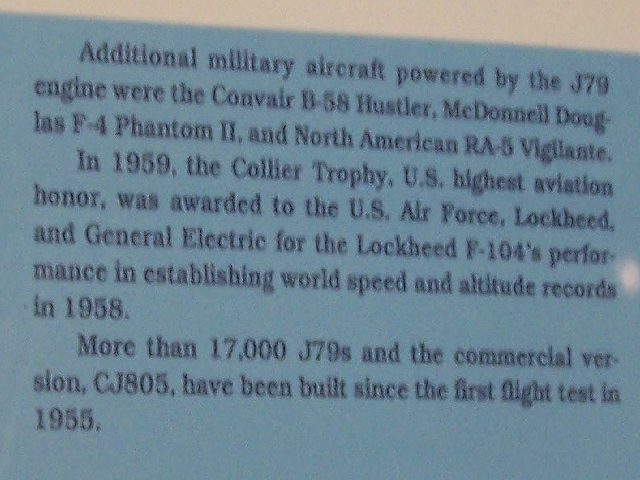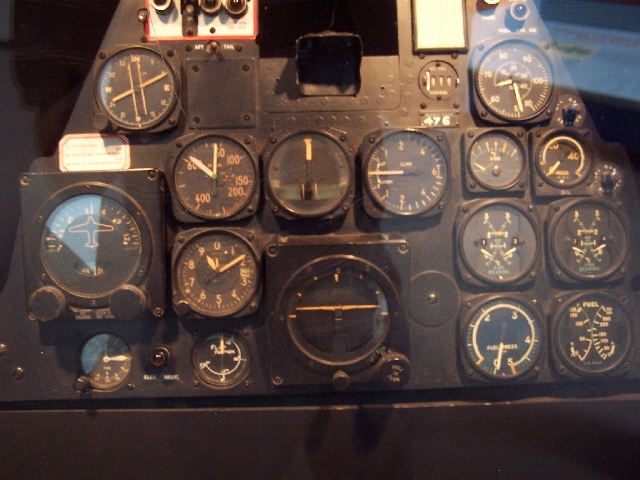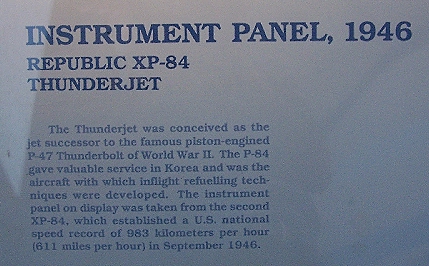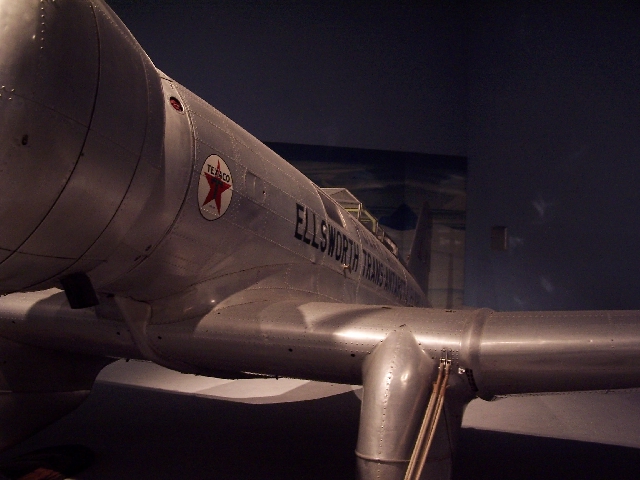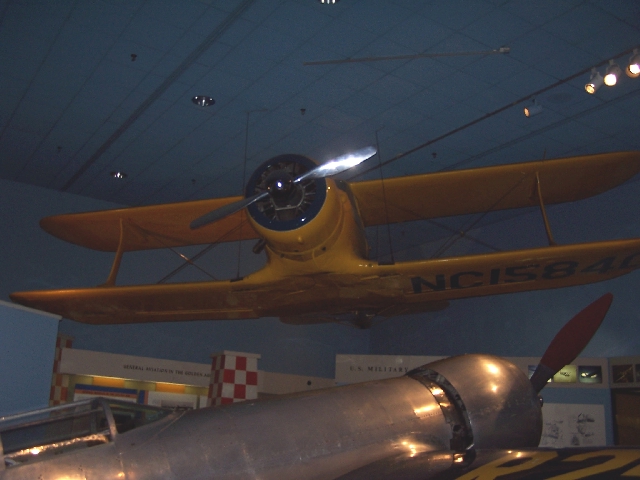|
This is mostly Part I of the Air & Space Museum but we returned to the Museum of Natural History, first. I didn't take many pictures there, and I don't know why. Maybe because I was lost in fascination. I can't belive that I didn't, at least, take a picture of the Giant Ground Sloth, but I have no photo record.

This is the oldest known rock on Earth. It's 3.96 billion years old.
Apollo 11. (Everything is coated in stupid plastic that's hard to see through. You'd think that if you can put a man on the moon....)
Because of his educational and military background, he was in demand when WWII began. He was offered a position in the military, as an Army Air Forces Captain. His job description was to fly between aviation production facilities, in the US, in order to standardize and communicate design practices. Thinking that he could provide better service in the private sector, he declined. During the war, he worked at Lunkenheimer and then Bendix (I think that is the correct order). Both companies are still in business but, back then, they were geared to support the war effort (as were many American industries). At that time, German aircraft dominated Europe and were constantly pulling raids over England. They could fly both faster and higher than allied planes. While at Bendix, dad developed the aircraft carburetor that enabled allied aircraft to fly as fast and as high as the Germans. To be clear, he wasn't on the task force that developed the carburetor. He developed the carburetor. The D12 Constant head idle regulator / Na PT13 CHIR was on every US plane during the last year of the war, and was used extensively on many commercial airplanes until they were replaced by jet aircraft. There were two basic designs; Pressure Double (PD) and Pressure Triple (PT). A carburetor is essentially a device that mixes fuel and air to produce a combustible mixture. So is a jet engine. So, it was a leap, but not a huge leap when, after the war, Dad ended up as the manager of the General Electric Jet Engine machine shop. He worked there, from before when I was born (1953) until 1961 or 1962. At that point, they wanted to transfer him to Rochester, New York. Since he had just built our new home in Finneytown, and because he had started a Cincinnati business on the side (Safeguard Corp.), he quit GE and stayed on as VP of Safeguard, until he retired in 1977. The GE jet engine I saw at the Smithsonian was circa. 1955-59, so I know that dad oversaw its development and construction. I'd like to add that (as a hack engineer of 35 years) I checked out the piping, fittings, rivets and overall design. It looked damn sound to me
|

